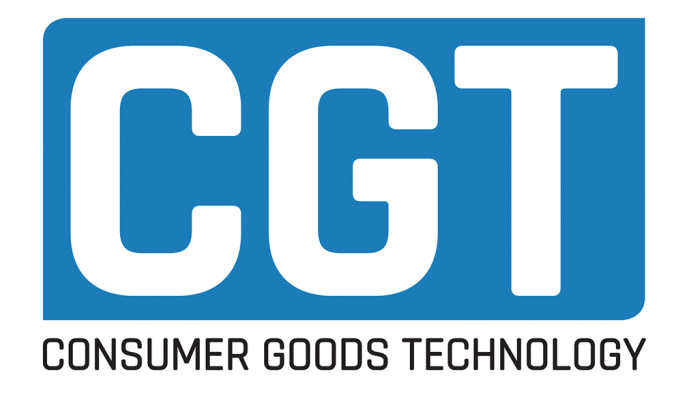
There have never been more choices available for consumers, which leads to massive challenges for category and assortment managers. Which means being able to predict what happens when product change decisions are made is critical.
How to Avoid Disastrous Category Management and Assortment Decisions
Category management as a discipline started to become popular in the 1980s. Fast forward to 2021, and there’s never been more choice for consumers, creating even more of a category challenge for both CPGs brands and retailers.
The number of SKUs in a given category has exploded, particularly over the last 10 years. According to Nielsen, there are 58% more baby food SKUs, with up to 300 for the largest assortments. Similarly, there are +81% coffee SKUS and +42% in healthcare.
There are new products coming into the market all the time, and making the wrong SKU rationalization decisions can be disastrous for a CPG. For the retailers carrying your products, it’s a complex situation. They want to integrate new products into their assortment, sometimes whilst maintaining the same or shrinking available shelf space. Removing a product can have unintended consequences and can lead previously-loyal shoppers of that product to ditch your entire brand for your competitor, or even leave the retailer entirely.
A retail category manager might choose to remove an obscure, low-margin, and slow-selling product variety – logic often dictates that’s the right thing to do. But that item could be the reason that some of the store’s most profitable customers visit in the first place.
One of the dangers of traditional category management for both brand and retailer is that decisions are made in a simplistic manner by looking at metrics like sell through and margin, but without looking at the assortment from a shopper’s perspective. Then there’s the highly complex task of looking at the store holistically and getting to a granular understanding of how a single change in one category can affect the performance of multiple others. Simultaneously, shopper segmentation and profiling is becoming more complex, as are their tastes, preferences, and behaviors.
It’s becoming clearer all the time that, for many established CPGs and retailers, decades-old approaches are still being used to make critical assortment decisions. Often these decisions use primarily historical data, which in today’s faster-and-faster-moving environment, is like looking in a rearview mirror.
Instead of looking back, the top CPGs use all available data, analyze it in real time, and then make well-founded decisions on which moves to make by being able to accurately predict the effects of change on sales, margins, and revenue. Understanding how categories work together and how changes to them impact consumer behavior and satisfaction are the keys to category and assortment success. Not only will your CPG come out ahead, but accurate forecasts that present the most compelling business case to your retailers and channel partners will build and strengthen hard-won, long-term relationships. Simultaneously, you’ll be able to hone in on optimal plans forpricing and promotions and know which marketing levers to pull in order to grow your market share in the respective category.
Talk to the category management experts at Insite AI to learn how our solution will give you the edge you need.






